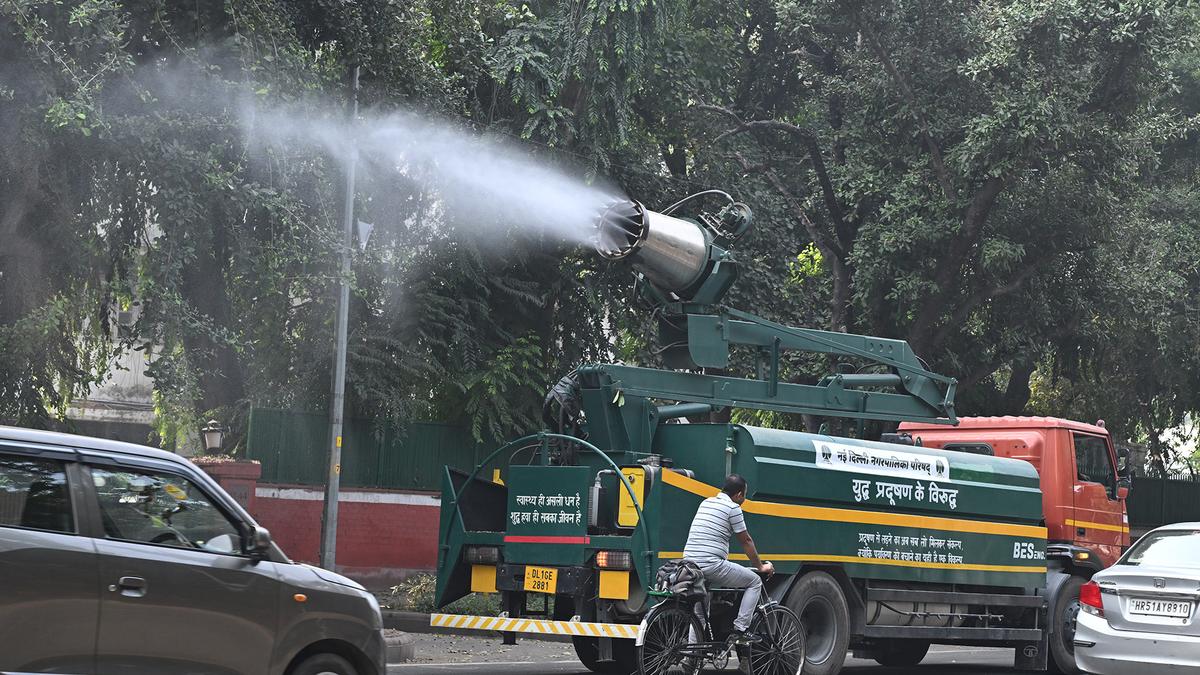
GRAP-III restrictions in Delhi: What is allowed and what is banned?
The Hindu
Delhi air pollution: As Delhi’s overall 24-hour average air quality index (AQI) reading stood at 424 (severe), CAQM imposed stringent anti-pollution measures in the Capital and NCR.
IQAir (a Swiss air quality technology company) has placed Delhi at the top of the world’s ‘most polluted’ major cities list while the Central Pollution Control Board (CPCB) ranked the national capital as the city with the worst quality air in the country.
The Commission for Air Quality Management (CAQM) on Thursday imposed stringent anti-pollution measures in the Capital and adjoining districts falling in the National Capital Region (NCR).
The measures are part of the prohibitions clamped under Stage-III of the Graded Response Action Plan (GRAP), a set of emergency steps taken to reduce air pollution.
Click here for the action plans under GRAP-III
The move came as Delhi’s overall 24-hour average air quality index (AQI) reading stood at 424 (severe) at 4 p.m. on Thursday, slightly up from 418 reported a day earlier, according to the Central Pollution Control Board.
The Graded Response Action Plan (GRAP) serves as a structured approach to address air pollution issues in the Delhi-NCR area according to the severity of the situation. The GRAP for Delhi-NCR is divided into four stages of air quality — Stage 1 for “poor” Air Quality Index (AQI) ranging between 201 and 300, Stage 2 for “very poor” AQI of 301-400, Stage 3 for “severe” AQI of 401-450 and Stage 4 for “severe plus” AQI more than 450.
Crucial public services projects like as railways, metro lines, healthcare facilities, airports, defence projects, and sanitation construction are allowed to continue under rigid dust and waste management guidelines.











